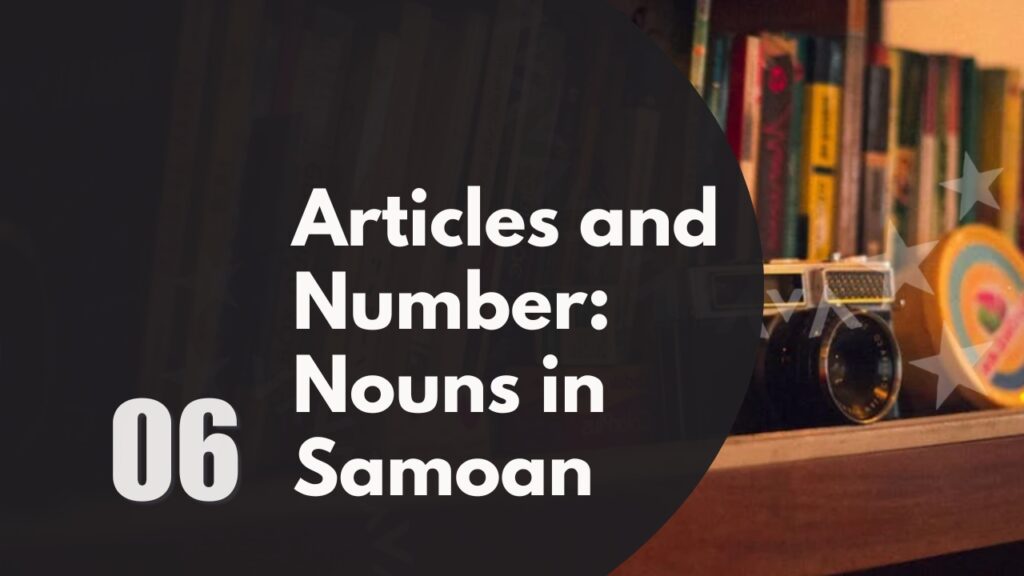Nouns – those naming words for people, places and things – are usually the first words you learn in a new language. They’re often the easiest words to find, too. Even Google Translate is pretty good with giving us accurate Samoan translations for most everyday nouns.
What Google is not always good at is explaining how to use nouns correctly in Samoan. What article (the, a, an, etc.) do you use in front of a noun? How do you make the noun plural? How does the number (singular or plural) affect the article?
That’s what we’re talking about it in this lesson.
A Known or Unknown Noun
Let’s use the noun apple as an example. The Samoan word for the is le.
As in English, we use the article le (the) when we – the speaker(s) and the listener(s) – know which apple we’re referring to.

When it’s not definite or it doesn’t matter which apple we’re talking about, then the article we use in English is a or an – as in, an apple. In Samoan, it’s se.
So, in Samoan, le is the definite or specific article, and we only have one indefinite or unspecific article, which is se.
Here are a few more examples of our articles and nouns in action:
Plural and Singular Nouns
You should pay attention to the word in front of a Samoan noun because it will also tell us whether the noun is singular or plural.
In English, adding an s makes most singular nouns plural, but in Samoan, the noun itself doesn’t change.
Usually.
(We’ll look at the exceptions in a minute.)

Instead, the article changes, or – as you can see with the definite le apu – the article disappears when the noun is plural.

